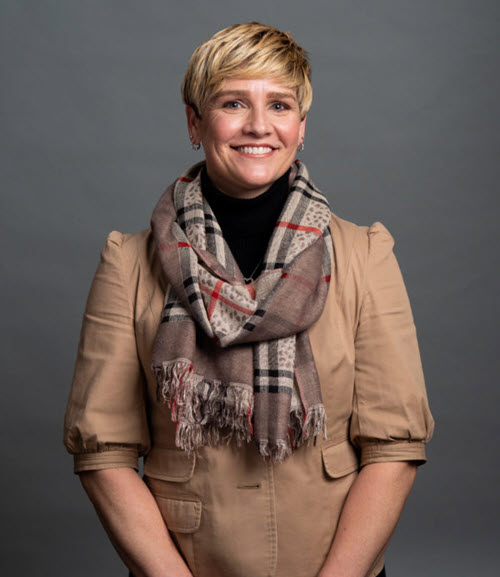“If I only see what I contribute and do not understand the overall goal of what I'm doing, my job might not seem as valuable,” says Julia Salgueiro, Director of Operations Technology with Preston Companies. “If we regularly explain the entire story to our people, and why their role is so important, then everyone can see their contribution, and be empowered to push that extra effort, and speak up when something needs to change.”
Preston Companies provides every foreman on the job with all the tools they need to excel. With access to HCSS Safety to begin their day, HeavyJob to enter job-relevant data, and HCSS Plans to digitize any document that could get lost as paper, their field management have an opportunity to see the big picture.
Foremen Using HCSS Software
The moment the foremen begin each day, they are surrounded by a strong integration of HCSS solutions that keep the field and the office in sync. Their dispatchers organize the crew and necessary equipment using HCSS Dispatcher, and send that to the field, who can then populate their time card in HeavyJob with one button in the iPad app. With that simple integration, the field knows who and what they’re responsible for each day.
Morning stand-ups on the jobsite become meaningful and productive with HCSS Safety. Built within the HeavyJob app, Safety provides Preston users convenient access to hundreds of safety meeting templates highlighting the most relevant safety topics. Using the crew provided by their dispatcher, and the integration with HeavyJob, they do not waste time ensuring accountability and attendance for each person in the field. This tool gave Preston an advantage to pivot quickly when other businesses might have been scrambling to communicate and follow the ever-changing Covid protocols.

“This was safety in the time of Covid,” explained Julia. “All of a sudden, people couldn't touch or be near each other. With HCSS Safety, instead of signing your safety meeting, we were able to quickly take a picture and attach it to the Safety meeting to verify who attended. And if we needed to communicate new protocols, the information would be there for them through the app. It has been super helpful so that nobody has to come to the office to pick up stacks of paper.”
Reporting on Every Aspect of the Business
From there, every foreman documents job conditions, records time for each employee, and logs hours used for each piece of equipment. They also report their crew productivity for the day, so they can see how they are performing against their expected budget. With what the field provides, the office is able to forecast time or cost impacts or gains and sooner implement changes to save or improve the project weeks in advance.
For the past six years, Preston Companies have been developing processes to allow them to report on every aspect of their business. Their ambition includes growing the company, implementing efficiencies that allow scalability, and elevating their people as the best equipped to help the company grow. They have an open-door policy where anyone at any level can bring an idea to the top when they see a better process or something that can save time.
“It is infectious and inspiring,” says Julia. “Mike Preston [Owner and CEO of Preston Companies] loves face-to-face time with the employees, and is open and vocal that anyone can talk to him, and he will also answer their phone calls.”

“I would like Mike to be able to walk into the office, open his laptop, see how everyone is doing, and close his laptop,“ says Julia. “In order to get to that point, you depend on a lot of people for that to be successful. The core of getting good data begins with the recorders in the field, and giving them tools that paint a complete picture for the office.”
Communication to Connect the Field and Office
Maintaining communication is necessary between the field and the office to keep improving their processes. It is also just as important for employees to know they can suggest improvement. Julia says their people are the most powerful pieces of the puzzle, and they know it. HCSS gives them the ability to stay connected and communicate change no matter where they are working. “The San Francisco Bay Area is huge, and if a foreman needs a piece of paper, the Project Engineer has to print it, get in his car and drive it to the job, and it's not a short drive,” says Julia.
“Without prompting from me, one of our general superintendents was saying, ‘How come these things aren't in HCSS Plans. The field began to recognize and embrace the efficiencies gained from the HCSS technologies implemented at Preston, and we plan to use the buy-in and momentum to continue to push new initiatives.”

“We put our field first,” says Julia. “It's great to hear success stories of the engineers and managers taking ownership of moving the business forward using HCSS. The business needs to grow, or it will die, and everyone understands that at Preston. As the person who drives processes improvements, and looks for the best technology for Preston, my secret joy is how much time I'm going to save everybody, and they won't even notice.”




